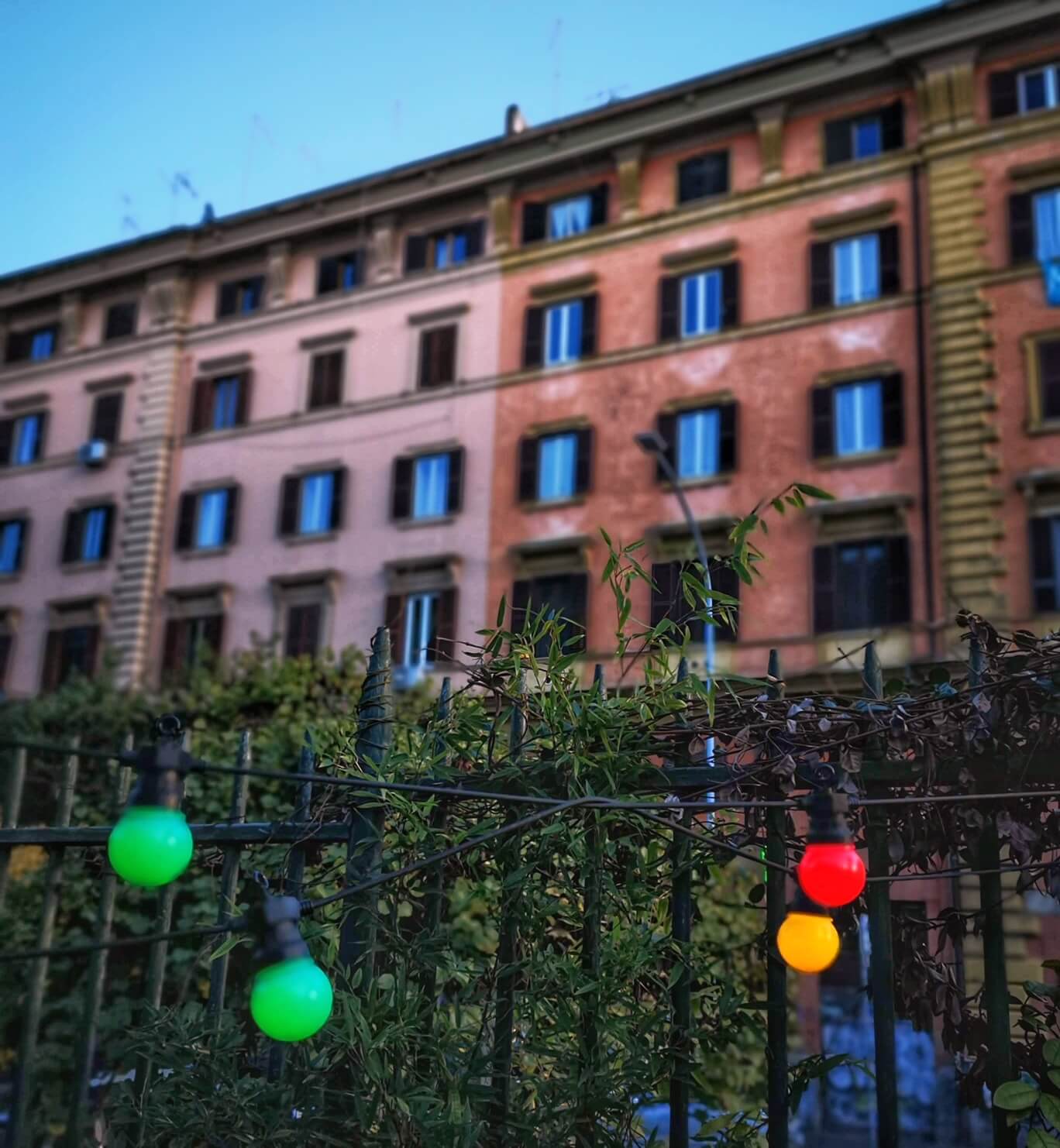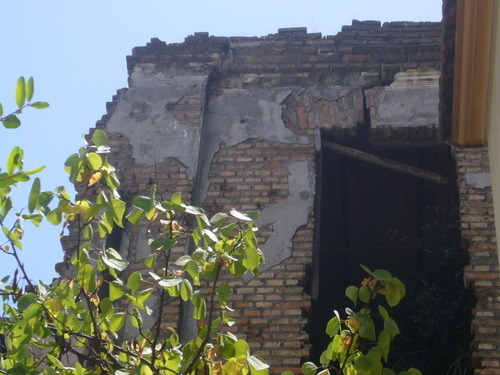On July 19th, 1943, allied bombs rained down on the streets of Rome. Around three-thousand inhabitants were killed during the attack, but compared to the devastation endured by countless other European cities during the second World War, the urban fabric of Rome was to survive that seemingly never-ending conflict remarkably intact.
The pope had pleaded with American president Roosevelt to spare the city’s cultural treasures from irreparable ruin a month before, and, even though over 60,000 tonnes of bombs were nevertheless dropped on Rome in the months prior to it being declared an open city, the great monuments that have for so long defined the city’s topography survived the barrage miraculously unscathed. Today hardly a trace of the damage caused by those bombs remains, and the allied raids on Rome constitute little more than a footnote to the history of the terrible war.

But to return to that raid in July 1943. The allied commanders may have treated Rome’s historic centre and the Vatican with due deference in their military plans, but they felt no such constraints to treat the more industrial suburbs with similar consideration. The main targets for the British and American planes were the freight yards and factories of the working class district of San Lorenzo, just outside the ancient city walls to the east of Termini train station; the idea was to disrupt the flow of enemy troops and supplies reliant on the railway network.
It was, according to the report that appeared in Time Magazine two weeks later, a textbook example of ‘precision bombing,’ and even today the raids on Rome are often described as a model of 'responsible’ bombing, attacking legitimate military targets whilst sparing civilian populations. But in reality the collateral damage was (as ever) severe.

Far from the 'clean-cut’ operation described in the American press, the destruction wrought by the Allied planes was truly harrowing. Great swathes of this densely populated residential district was flattened by the barrage from above; entire apartment blocks, shops, hospitals, and even an orphanage crumbled to dust in the ensuing inferno. Eyewitness accounts graphically described this living nightmare - according to one, 'those dead from the bombs had incredible colouring, pink skin as though they’d been painted over, they looked like puppets, because their legs, arms, were all in absurd positions, out of skelter.’ Compared to the complete annihilation of cities such as Dresden perhaps the damage was relatively minor, but the misery it wreaked on the local community was profound.
Few traces of that misery remain today; indeed, unless someone tells you otherwise, you would never know that the area has such a sad past. San Lorenzo is very different to the place that was the target for the bombers. Still resolutely left-wing, the dominating presence of La Sapienza, Rome’s major university, has meant that the radicals are now mostly students rather than union activists. The factories and freight yards have gone, to be replaced by bookshops and cafés, whilst street art livens the neighbourhood walls. Few pause for long to read the names of those killed on the unobtrusive plaque snaking its way round the little local park. As I recently discovered, however, the material reminders of this all but forgotten chapter of the 20th century’s most tragic conflict have not been completely obliterated.

A few months ago, I moved into an apartment in San Lorenzo. The block is entirely typical for the area, but hidden between it and the next street, I soon discovered the shell of another building long since abandoned. Dark, deserted and crumbling slowly into rubble, the only life between its walls now are the local cats that are attracted to its desolate seclusion, a safe-haven in the chaos of the modern city. Wondering about this forgotten edifice, a massive hunk of masonry in the midst of the city yet at the same time completely isolated from it, I was spurred to find out more.

It turns out that this ruined shell of a building was virtually the only structure in San Lorenzo damaged during the war to be left completely untouched, in the same condition as it was in the aftermath of the raid. Why it wasn’t torn down or rebuilt like everything else is something of a mystery. In all likelihood it owes its continuing existence to nothing more than blind chance. It does not stand as a memorial to those that died, but is rather a relic, a forgotten fragment of another time, lost to history yet still participating in it.

In Rome, perhaps more than any other city in the world, history is a living, organic thing, an indelible part of the daily life of its inhabitants in a way that is impossible to adequately convey to anyone who does not live here. The entire urban landscape is a complex interweaving of past and present, and the bonds that tie them together can never truly be unfastened. My apartment is a beautiful and fascinating testament to this. Every day, all over this city, its inhabitants are coming into contact with lost fragments of their collective and never-ending history.




